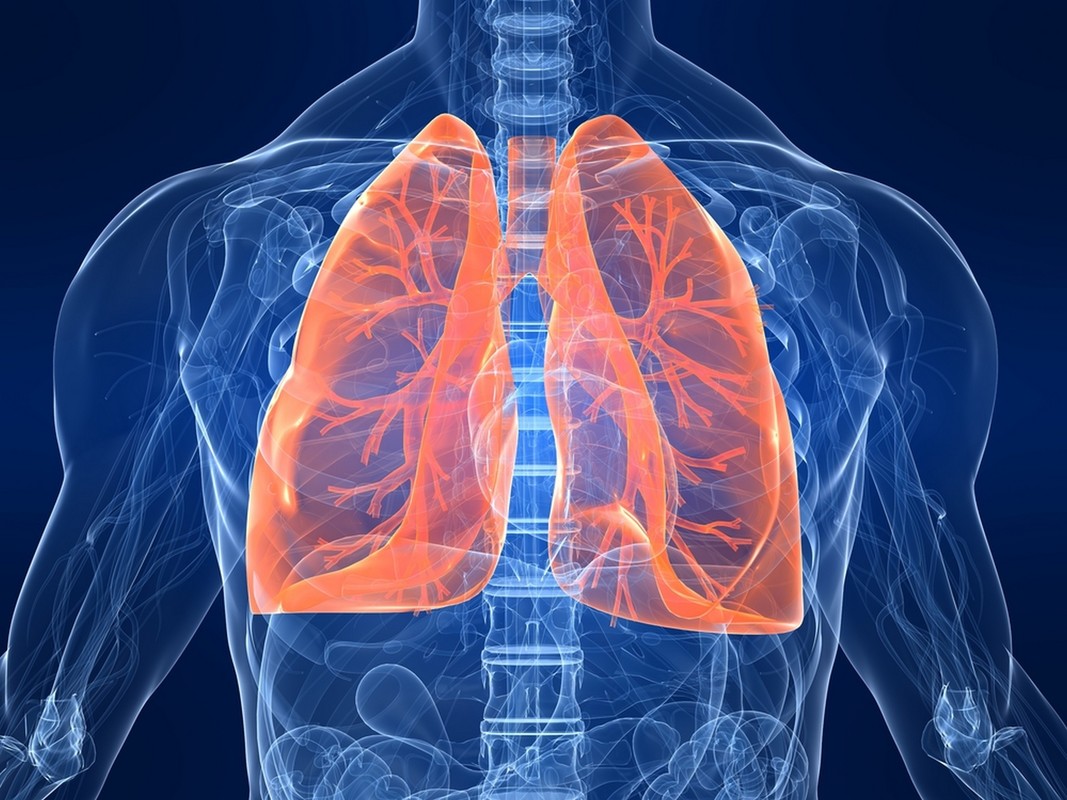7.3 The lungs
The lungs contain more than 300 million alveoli (air sacs). These microscopically small (0.2 mm) ends of the bronchial tree tubes are specialized in gas exchange.
Inside the alveoli, oxygen moves across thin walls to tiny blood vessels called capillaries and into the bloodstream. Oxygen is then transported everywhere in the body by red blood cells. At the same time, carbon dioxide that is dissolved into the blood comes out of the capillaries back into the alveoli, ready to be released during exhalation.

The lungs – position and structure.

The function of the alveoli. In the alveoli, oxygen is bound into the hemoglobin of red blood cells. Blood travels to the heart through the capillaries and the pulmonary vein. Carbon dioxide is transferred from the pulmonary artery to the alveoli via capillaries, and is released in exhalation.